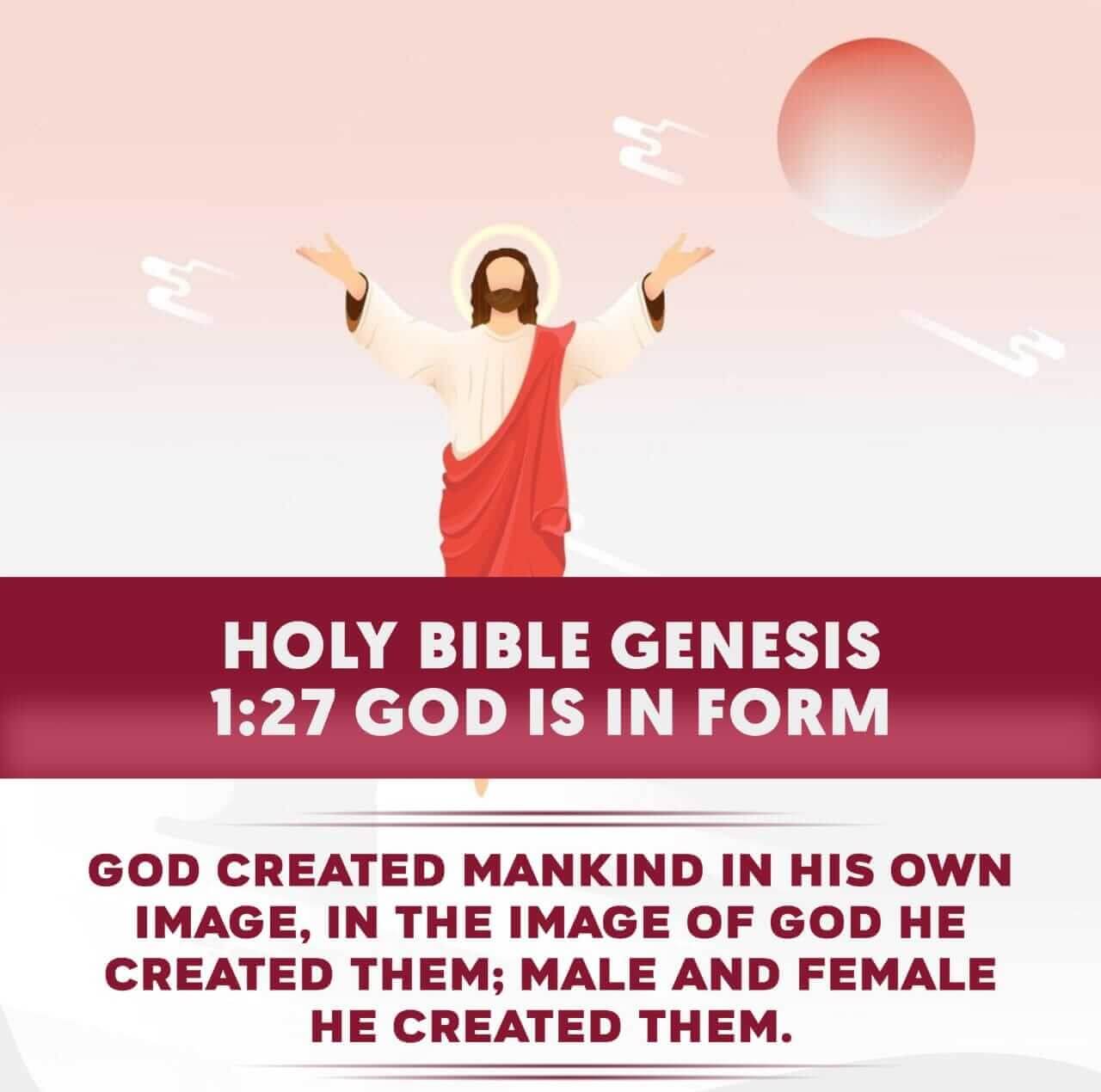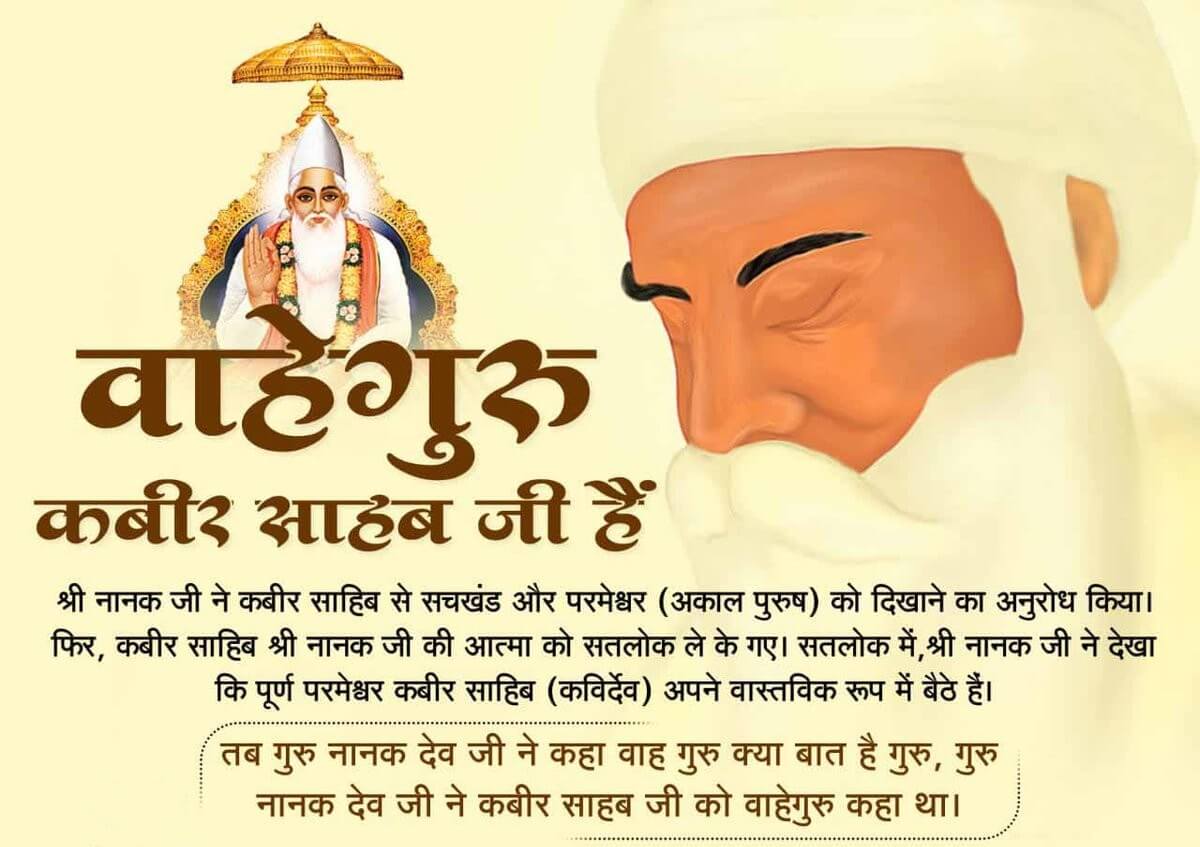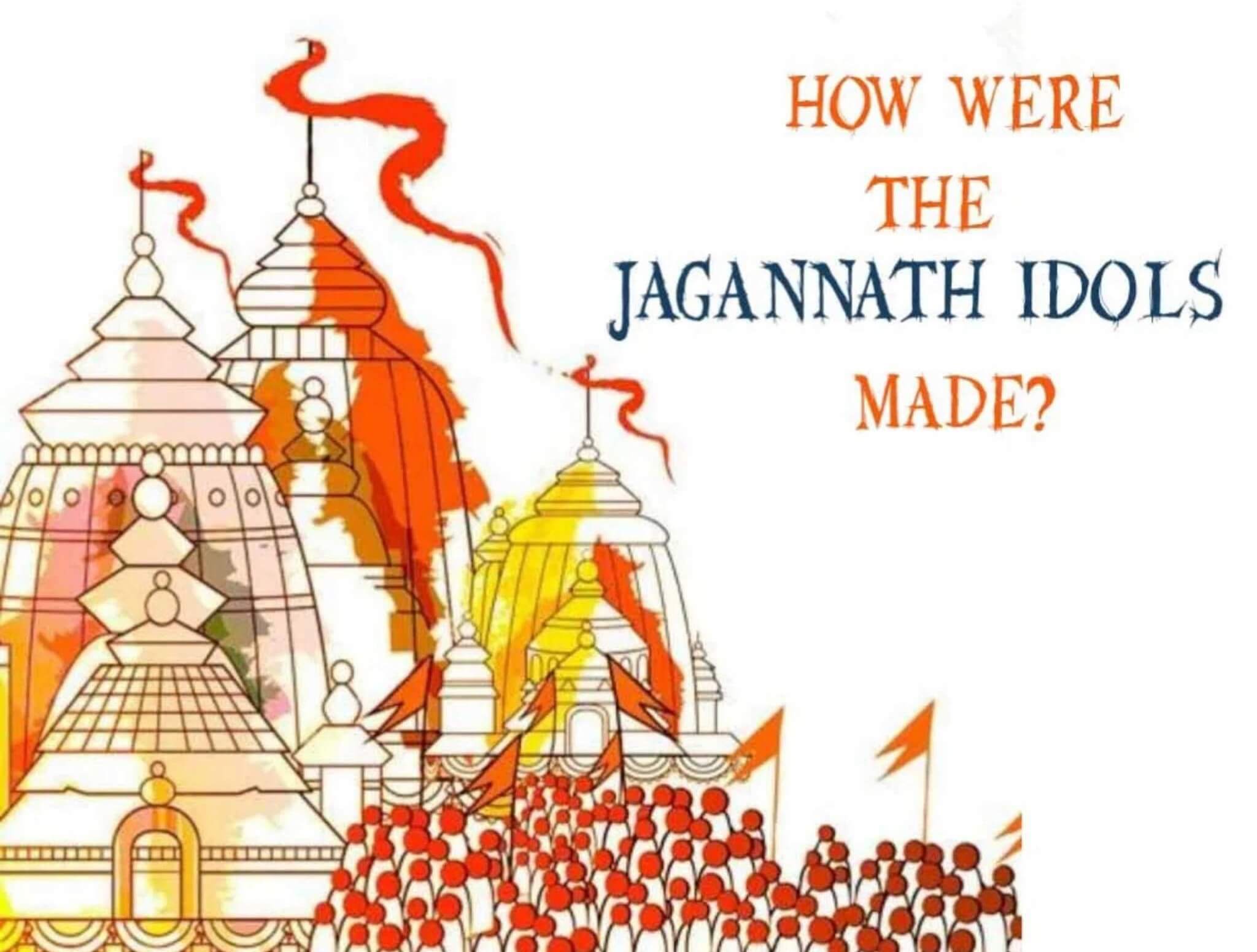Summary of "Sarvagya Sagar" Chapter
In the sixth chapter of Kabir Sagar, "Sarvagya Sagar" (page 127, 403), Dharma Das repeatedly asks questions to Lord Kabir. Lord Kabir, in turn, reiterates the knowledge that has been shared earlier in the previous chapters. The essence of this chapter is that the supreme knowledge shared is not new, as it is the same as what has already been mentioned. However, a brief summary is provided, where Lord Kabir explains which souls crossed over and in which Yugas.
Description of Sat Yuga
Satyayug chari hans samjhaaye, Pratham raay mitra sain hi aaye.
Chitrarekha rani kar naau, Tin suni shabd shravan chitlaau.
Tin yugbandh chaika keenha, Yug bandhi parwaana leenha.
Raaja rani poochat mohi, So hakikat kahoon main tohi.
Ashtachaukaako shabd sunaawa, Raaja rani lok pathaawa.
Dusre raay vat kshetra ke aawa, Sat sukruti tah naam dharawa.
Tin raaja poochha chit laayi, Tab tehi bhed kahyo samjhaayi.
Paan parwaana raajhin deenha, Raaja vaas lok mein keenha.
Tisre raay Harchand kah aaye, Bandh kaatike lok pathaye.
Chauthe puri Mathura mein aayi, Vikasi gwalin ke samjhaayi.
Chari hans Satyayug samjhaaye, Te chaaron Guru vansh kahaye.
Chari hans nau laakh bachaye, Shabd bharose gharhin pathaye.
Description of Treta Yuga
Puni treta yug kahoon vichari, Saat hans tretayug taari.
Pratham rishi Shrungi samjhaaye, Dusre Ayodhya Madhukar aaye.
Tinse shabd kahyo taksaara, Chauthe bodhe Lachhan Kumara.
Pachwen chali Raavan lagi gayo, Tahan bhent Mandodari se bhayo.
Garvi Raavan shabd na maana, Mandodari shabd pehchana.
Chhathain chali Vashisht lag aaye, Brahm niroopan unhin sunaaye.
Satyay junglal mein kiyo vaasa, Jahaan mile rishi Durvasa.
Saat hans saatou Guru keenha, Param tattv unhi bhal cheenha.
Saatou Guru trotayug mein bhayo, Dei updesh so hans pathayo.
Description of Dwapar Yuga
Tretayug gaya Dwapar yug aaya, Satraah jeev parwaana paaya.
Pratham mein Raaychand Vijay kah gayo, Taki rani Indumati raheyo.
Dusre Raay Yudhishthir kah aaye, Krishna poojain nahin parwaana paaye.
Tisre Parashar peh aaye, Nirnay gyaan taahi samjhaaye.
Manavash nahin suna gyaan, Ulajh rahe nirgun Bhagwana.
Chauthe Raay Dhudhool lahi bheda, Bahut gyaan ko keenha nikheda.
Pachwe Parasdaas samjhaawa, Stri sahit parwaana paawa.
Chhathye Garood bodh ham keenha, Vihang shabd Garoodko deenha.
Saaten Haridaas Supach samjhaawa, Neemshar mahun usko paawa.
Athayen Shukdev peh gyaan pasaara, Sakal sarab bhed nirwaara.
Nawen Raaja Vidur samjhaaya, Bhaktirup un darshan paaya.
Dashwen Raaja Bhoj bujhaaya, Satya shabd puni use chinhaaya.
Gyaarhen Raaja Mchukundhi taare, Baarhen Raaja Chandrahas ubhaare.
Terehen chali Vrindavan aaye, Chari gwal gopi samjhaaye.
Guru roop puni panth chalaaye, Bhaose hansaa aani chhudaye.
Bawan laakh jo jeev ubhaara, Kaliyug chauthe yahaan pag dhaara.
Description of Kali Yuga
Pratham mein Gorakhdatt samjhaaye, Tarak bhed suni harshaye.
Dusre Shah Balkhko bodha, Padhai Arabi bahuvidhi sodha.
Tisre Ramanand peh aaye, Gupt bhed ham unhein sunaaye.
Chauthe Peerki parche deenha, Pachwe Sharan Sikandar leenha.
Chhathai Beersingh Raaja bhayo, Tako ham shabd sunayo.
Satyen Kanaksingh samjhaaye, Solah rani lok pathaye.
Athayein Raav Bhupaaley aaye, Gyaarahan rani lok pathaye.
Nawen Ratna Banin samjhaayi, Jaati Agrawalin karat Mithayi.
Dashwen Alidaas Dhobi pai gayo, Saat jeev parwaana payo.
Gyaarhen Raaja Bhoj samjhaayi, Tin bahu bhakti kari chitlai.
Baarhen Muhammadaso kahyo Quran, Hadd hukam jeev kar maana.
Terehen Nanak se kahyo updesha, Gupt bhed ka kaha sandesha.
Chaudhen Sahu Damodar samjhawa, Karmaat dai jeev muktawa.
Chaudhen hans Kaliyug mein keenha, Guru swaroop parwaana deenha.
Paanch laakh ham pehle taare, Peechhe dharmani tum pag dhaare.
Vanshan thaapyo kiyo kadihara, Laakh byaalis jeev ubhaara.
Sakhi - Tum jaano hamhi milai, phir poochho mohi,
Naam bharose pahunch hain, gyaan kare ka hohi.
Meaning: The above Amritvani is self-explanatory. There is no need for further interpretation. However, it is important to understand that there is some adulteration in it. But to understand the knowledge, it is sufficient to know that the Rishis, whose fame is widespread, were blessed by the Supreme God. The first name was given to them, and with it, they acquired siddhis (spiritual powers). They began to play with them and became proud of their devotion. Later names were not mentioned. The Supreme God did everything to preserve the glory of the Supreme Soul. If these Rishis did not perform miracles with their siddhis, no one would have believed in the Supreme God today. At that time, the complete mantra of liberation (moksha) was not to be given. To maintain faith in devotion, a few mantras along with knowledge and the first mantra were given to provide worldly and heavenly happiness to beings. This is what was done.
The rest of the chapter "Sarvagya Sagar" from page 133 (409) and pages 134 (410) to 147 (423) contains incomplete knowledge of creation. For complete knowledge of creation, refer to pages 603 to 670 of this book, "Kabir Sagar ka Saralarth." Special attention should be given to page 135 (411) of the "Sarvagya Sagar" chapter:
Abhol paras surati keh deenha. Saat sandhi prakat kar leenha.
Saat sandhi tab gupt hi pekha. Peechhe soham shabd viveka.
Soham shabd satya anusara. Soham surati ajavan sara.
Meaning: After receiving the seven mantras, which are associated with seven powers, one must contemplate the Soham word and the Sarsabdha word. Then, after attaining the Sarsabdha word, one should focus on the welfare of the soul.
On page 145:
Saar shabd nirnay ko naama. Jaate hoy jeev ko kaama.
Read the summary of "Gyaan Prakash" in this book on page 3.
The incident on page 62 of "Gyaan Prakash" mentions the name given to Dharma Das ji.
Sohm-Ohm ajavan Biru. Dharma Das son kahyo Kabiru.
Meaning: "Om-Soham" is the mantra of liberation, which the Supreme God Kabir ji told and narrated to Dharma Das ji.
The summary of the chapter "Sarvagya Sagar" of Kabir Sagar is now complete.



